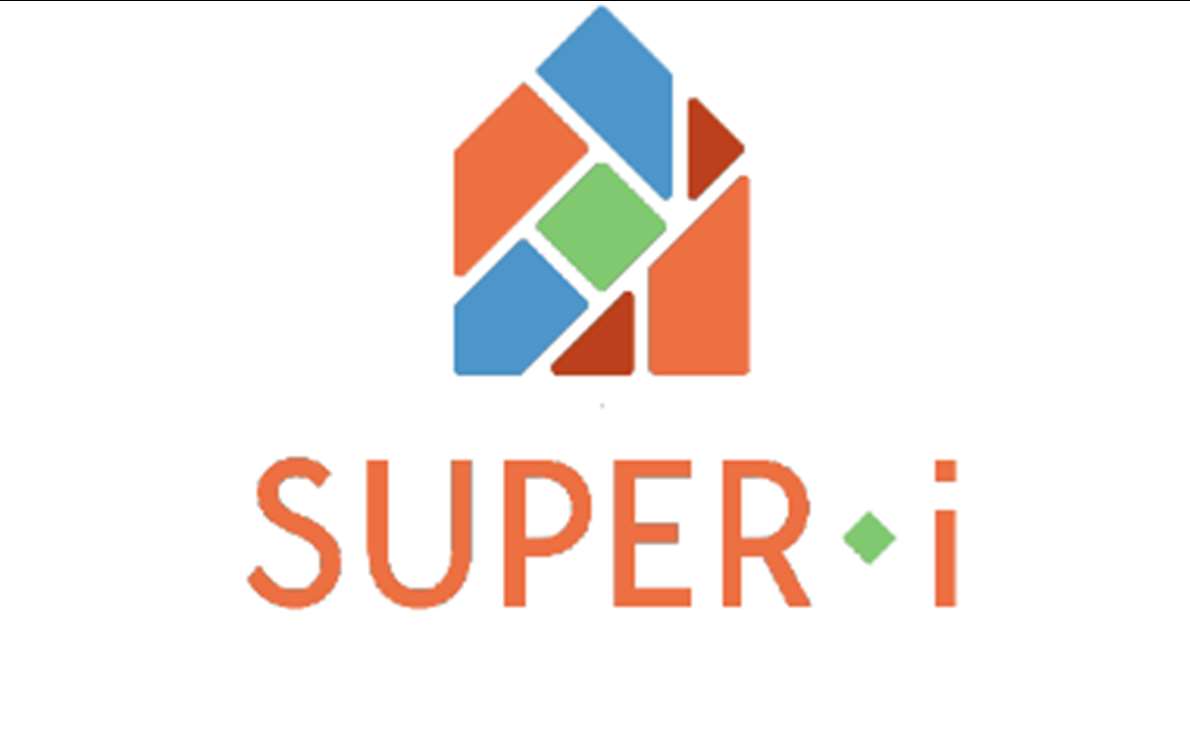
The SUPER-i project will contribute to generate substantial investments in energy efficiency within the social housing sector by establishing a direct dialogue, at local government level, between financial institutions, other private investors and social housing managers while also involving ESCOs (Energy Service Companies).
SUPER-i supports the funding of energy efficient (EE) refurbishment of social housing stocks across Europe while increasing the share of renewable energy in the final energy consumption through the following pillars:
- Tailored EE PPPs (Public Private Partnerships) and roadmaps;
- Capacity building among financial investors;
- Data gathering and processing;
- Integration of EE investments within portfolio management strategies;
- Awareness and Replicability;
- SUPER-i investment pipelines;
- SUPER-I e-room with a selection of relevant EUROSTAT data on energy poverty.
Following the IEA approach, having many types of public-private approaches, such as local government or public utility financing private EE investment, SUPER-i will analyse the three main forms of PPPs:
- Dedicated credit lines: credit lines established by a public entity (such as a government agency and/or donor organization) to enable financing of EE projects by a private-sector organization (bank or financial institution). Generally, the private-sector bank or financial institution provides additional financing (co-financing) for the EE projects.
- Risk-sharing facilities: partial risk or partial credit guarantee programmes established by a public entity (such as a government agency and/or donor organization) to reduce the risk of EE project financing to the private sector (by sharing the risk through a guarantee mechanism), thereby enabling increased private sector lending to EE projects.
- Energy Saving Performance Contracts (ESPCs): publicsector initiatives, in the form of legislation or regulation, established by one or more government agencies to facilitate the implementation of energy performancebased contracts In the SUPER-i e-room, using the Eurostat Energy data and the Eurostat INCOME AND LIVING CONDITIONS datasets for the SUPER-i partner countries relevant tables and charts are shown for the following Indicators:
- Energy poverty primary indicators
- Energy poverty secondary indicators
- Energy use
- European Pillars for social rights (EPSR)
- Employment and social policy indicators
- Economic, financial and social conditions indicators
- Environmental
Follow the project updates on LinkedIn, on X (former Twitter) and on YouTube. This page was last updated on 30 October 2023. For the most updated information about the project, please visit the Cordis website and the website of the project.
- Project duration
- 1 Sep 2021 - 31 Aug 2024
- Project locations
- DenmarkItalySlovenia
- Overall budget
- €1 497 820
- Project website
- SUPER-i
Results
The project provides a comprehensive study to investigate the economic and financial feasibility of the energy efficiency interventions in Italy, Slovenia and Denmark. More specifically, the project derives the adjusted risk extra returns (RP) for each Public Private Partnership(PPP) contract and then determine the most appropriate contract for each building. The current financial analysis results can be found below:
